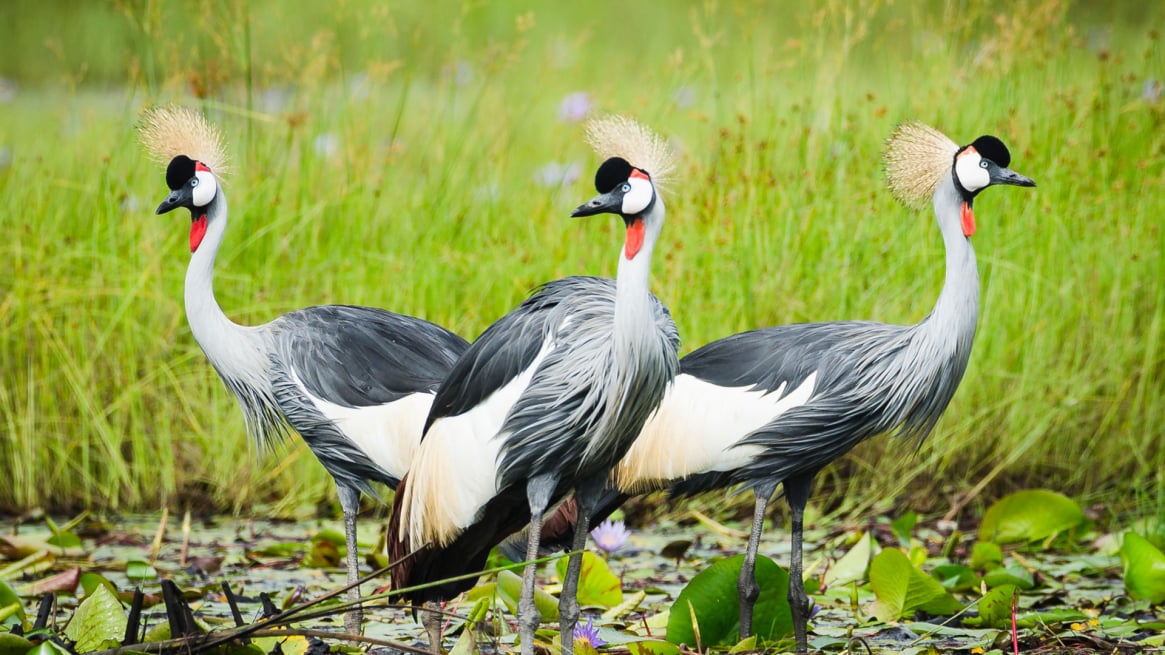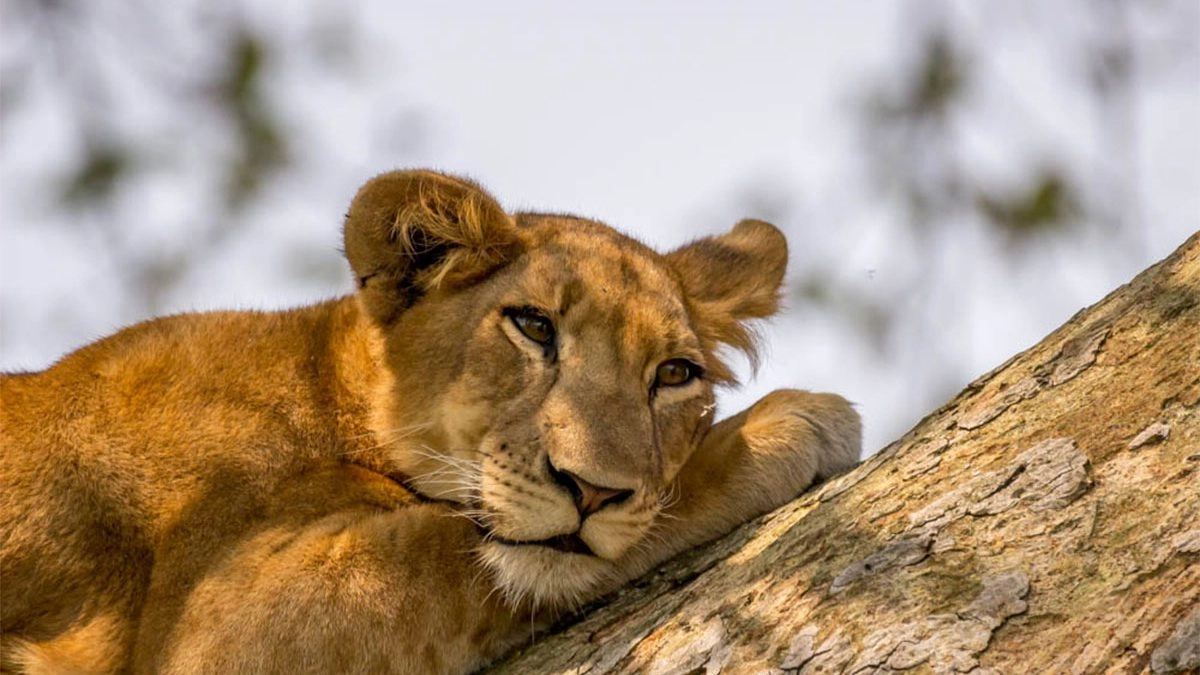
Uganda, often described as the “Pearl of Africa,” is renowned worldwide for its breathtaking natural treasures and outstanding opportunities for adventure tourism and wildlife viewing. Its landscape is a mosaic of lush forests, vast savannahs, scenic mountains, and picturesque lakes, providing diverse habitats for an exceptional range of animal and bird species.
Tourism is a vital driver in Uganda’s economy, employing tens of thousands and contributing significantly to GDP. The country’s unique combination of landscapes and wildlife makes it an increasingly popular safari destination. Uganda is most famous for its mountain gorillas, which reside mainly in Bwindi Impenetrable National Park and, to a lesser extent, in Mgahinga Gorilla National Park. Gorilla trekking represents one of Africa’s most moving wildlife experiences, allowing guests to observe these endangered primates at close quarters under the careful guidance of trained rangers. Chimpanzee tracking in Kibale National Park and Budongo Forest further enhances Uganda’s reputation as a primate paradise, with thirteen primate species also including golden monkeys, baboons, and colobus monkeys.
